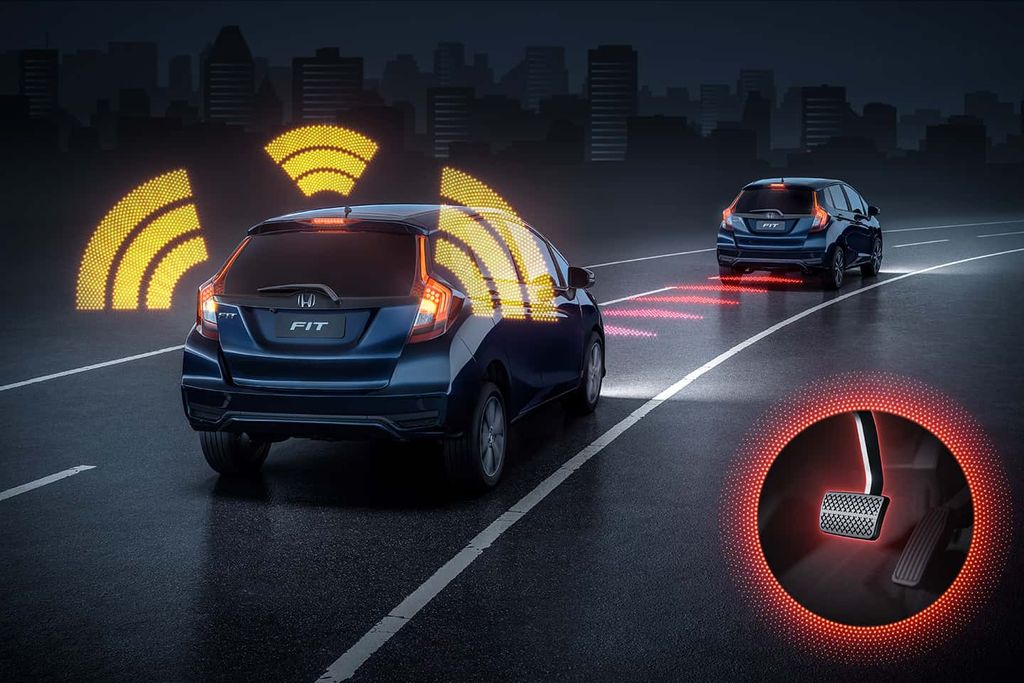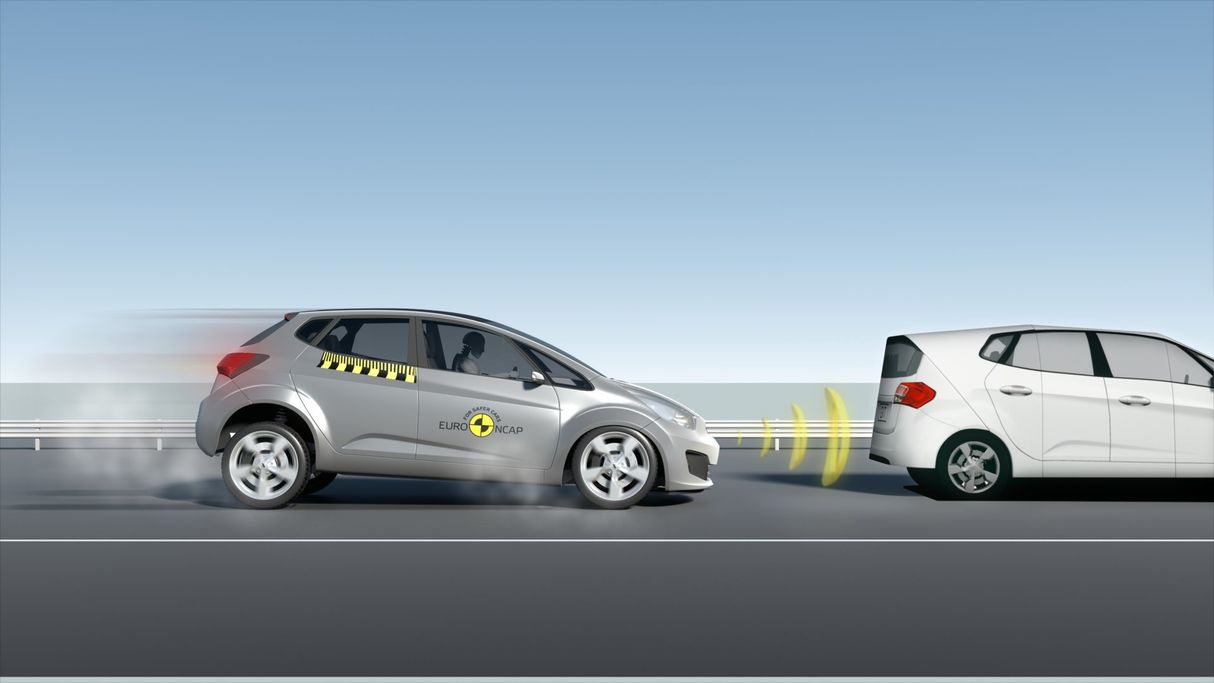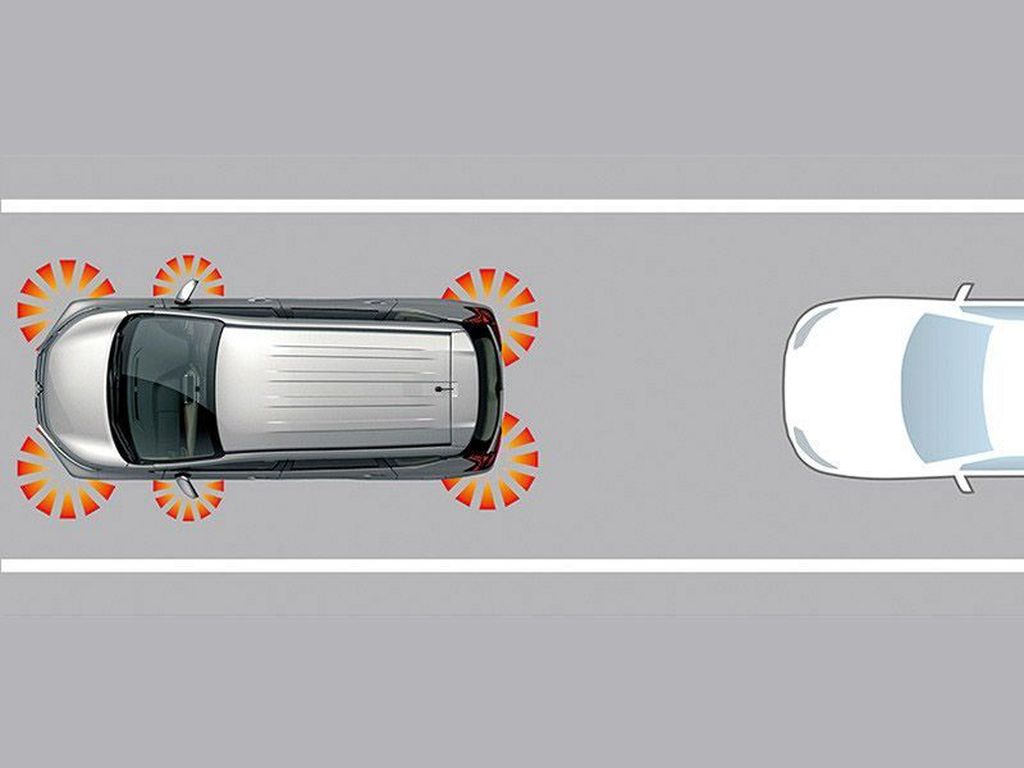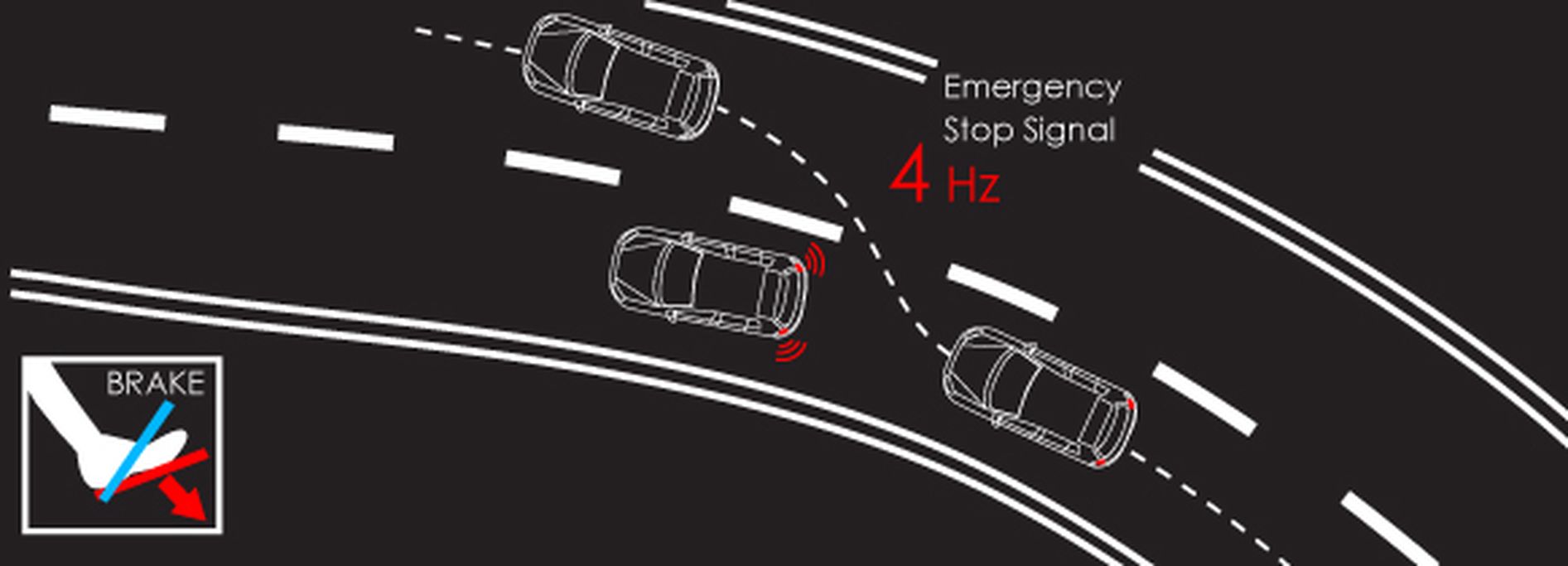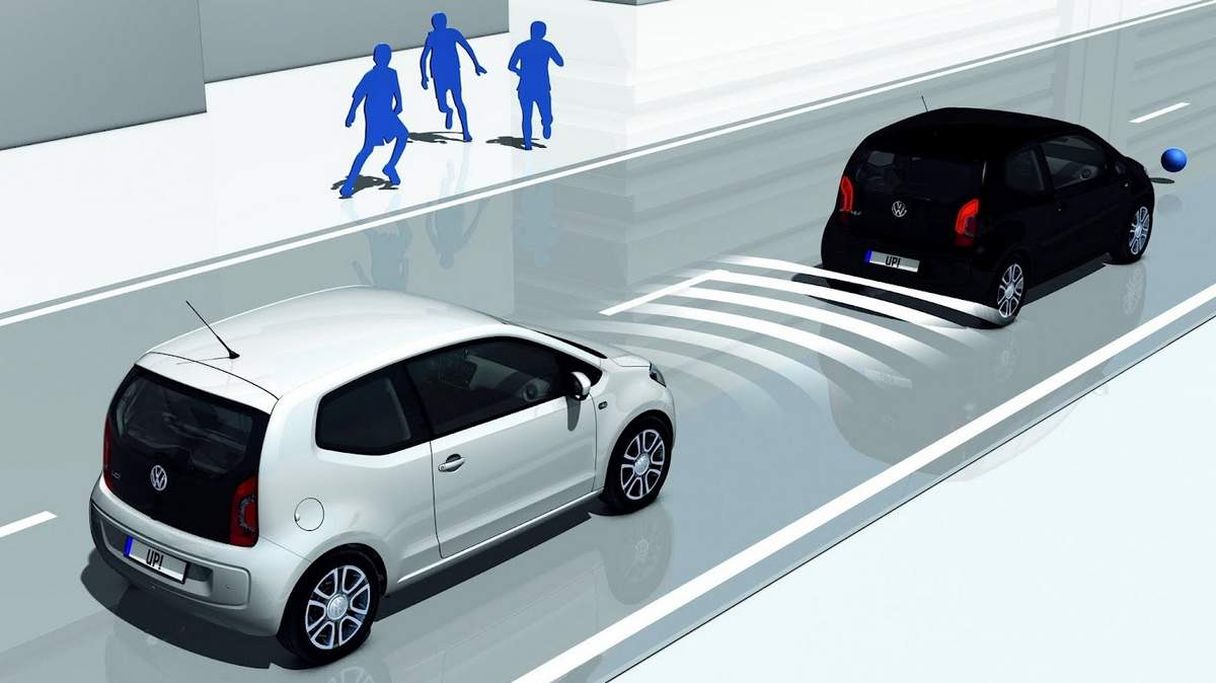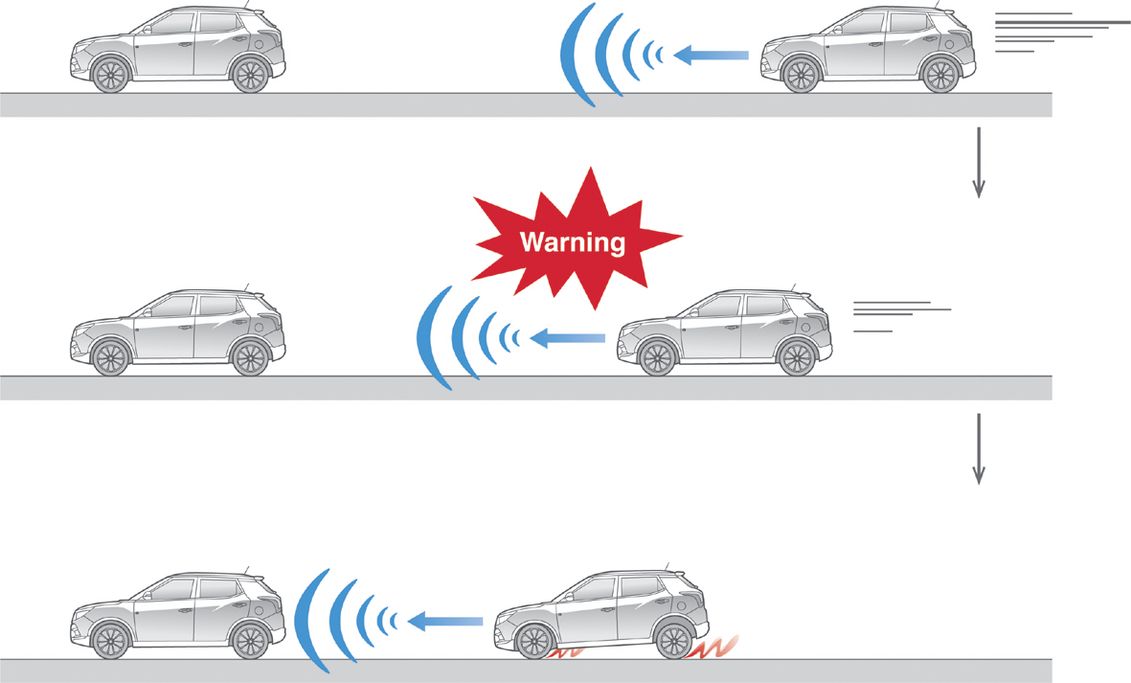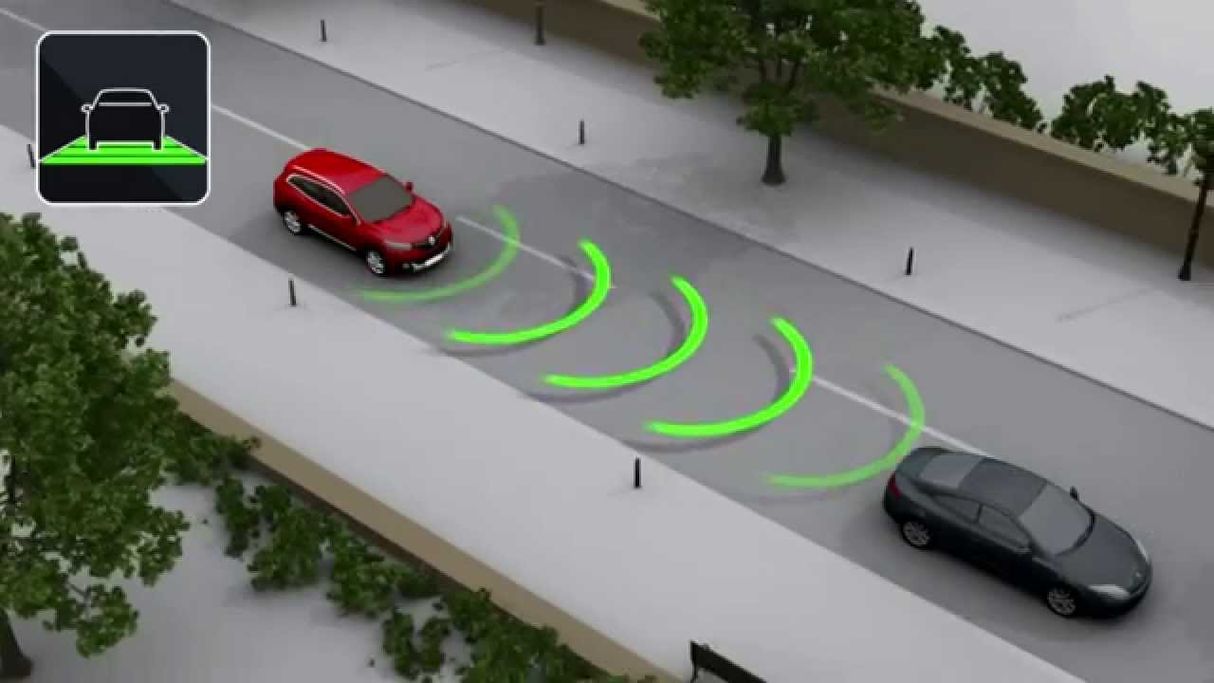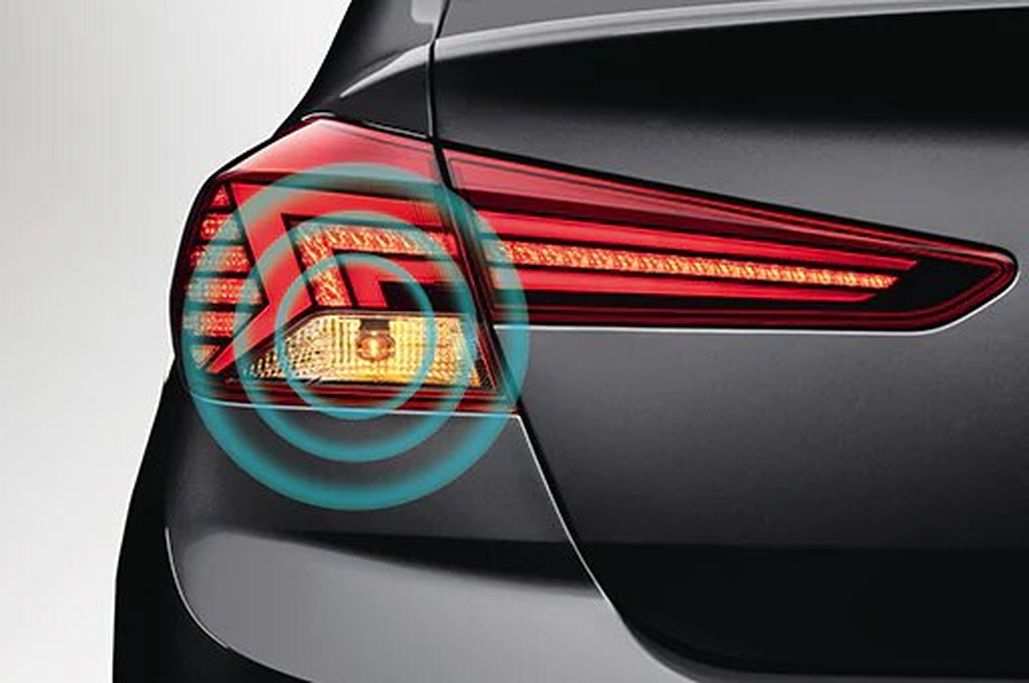The ESS is a crucial component of active safety systems in cars, aiming to minimize the risk of accidents by alerting following vehicles about sudden braking.
The emergency stop signal (ESS) system plays a vital role in active safety systems for cars. In modern vehicles, this system is equipped to notify surrounding vehicles about the emergency braking status of the car ahead.
What is the emergency stop signal (ESS) system?
The emergency stop signal (ESS) system is an active safety system designed to emit warnings to the surrounding people after detecting and evaluating possible situations. It also assists the driver in avoiding collisions with following vehicles, particularly in situations involving sudden curves or unexpected collisions.
Rear-end collisions account for a significant number of road accidents worldwide. Therefore, the ESS (Emergency Stop Signal) warning lights are essential equipment that help transmit sudden braking signals to the vehicles behind, contributing to accident reduction.
Operating principle of the emergency stop signal (ESS) system
The sensors are responsible for communicating the car’s status to other components. After receiving this notification, the central processing unit analyzes and determines whether the car is in an emergency braking situation.
If an emergency braking is detected, the system transmits the information to the signal components and issues warning signals through the turn signals, warning bells, and steering wheel vibrations.
While the driver controls the car, the emergency stop signal system detects the emergency braking signal and activates bright warning lights that flash at a high frequency or continuously flicker. This helps surrounding vehicles recognize the situation and adjust accordingly, minimizing the risk of collisions.
The ESS emergency stop signal system cannot guarantee the elimination of all rear-end collisions, but it aims to reduce the risk of accidents and minimize the level of danger. Therefore, drivers should actively control the car at a safe distance and always pay attention to observe, allowing enough time to handle emergency braking cases.
Conditions for activating the emergency stop signal (ESS) system
The ESS emergency stop signal warning lights flash continuously at high speeds if the driver suddenly brakes when traveling at speeds exceeding 50 km/h. It automatically activates to warn vehicles behind that the vehicle in front is braking abruptly. Once the vehicle comes to a complete stop, the hazard lights revert to normal flashing speed.
The ESS emergency stop signal lights will be disabled under certain conditions, such as releasing the brake pedal or when the driver presses the hazard warning switch.
TT (Tuoitrethudo)




























